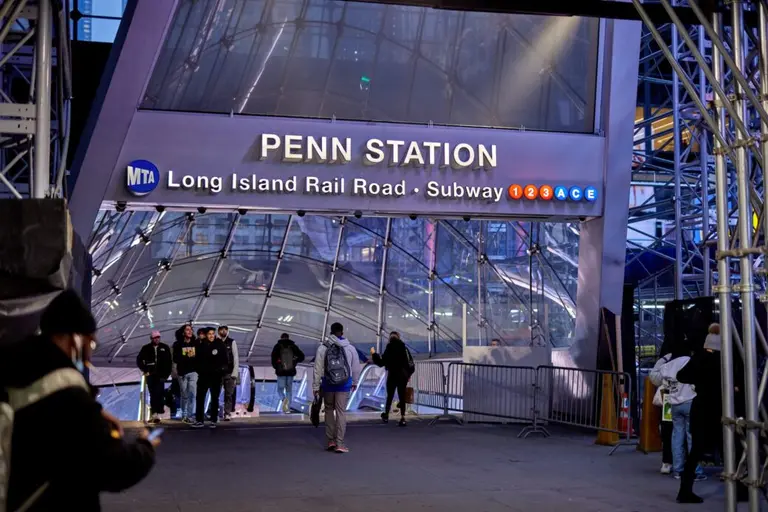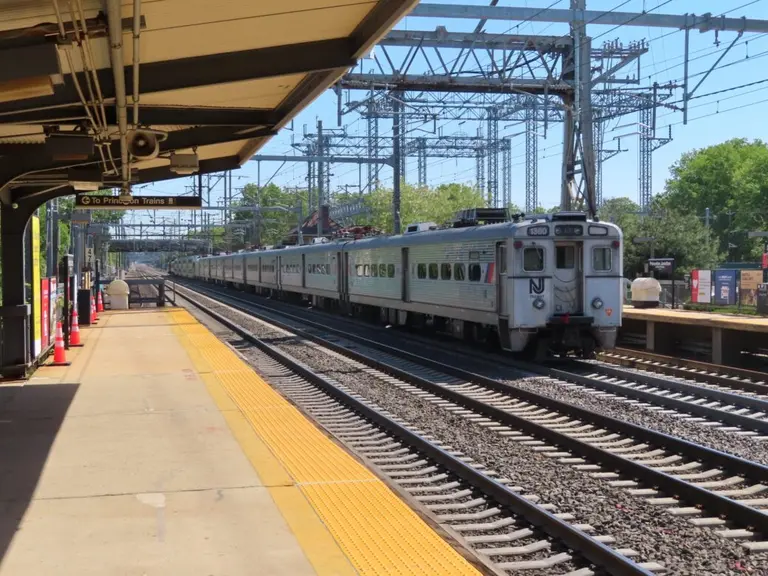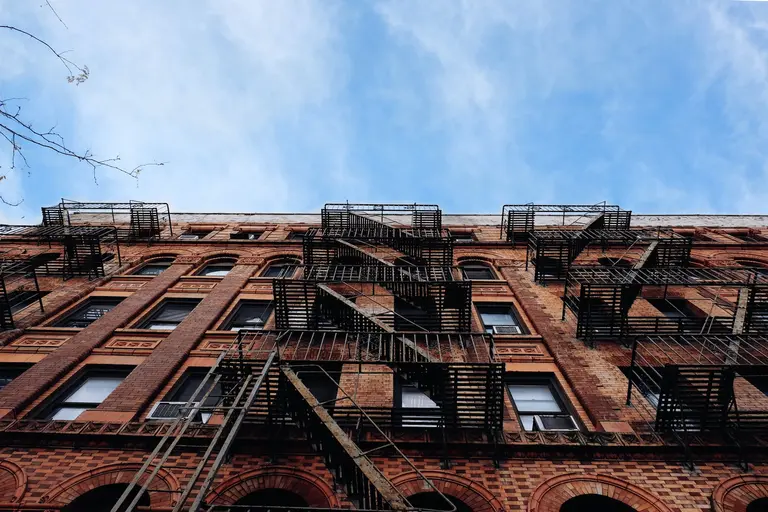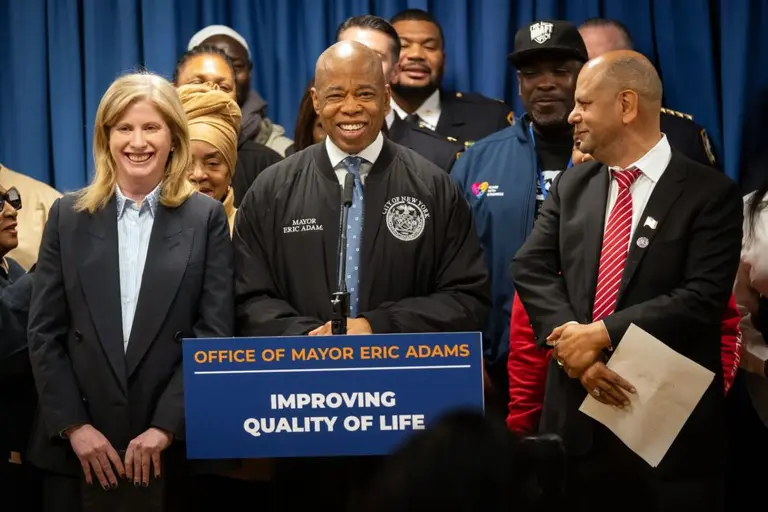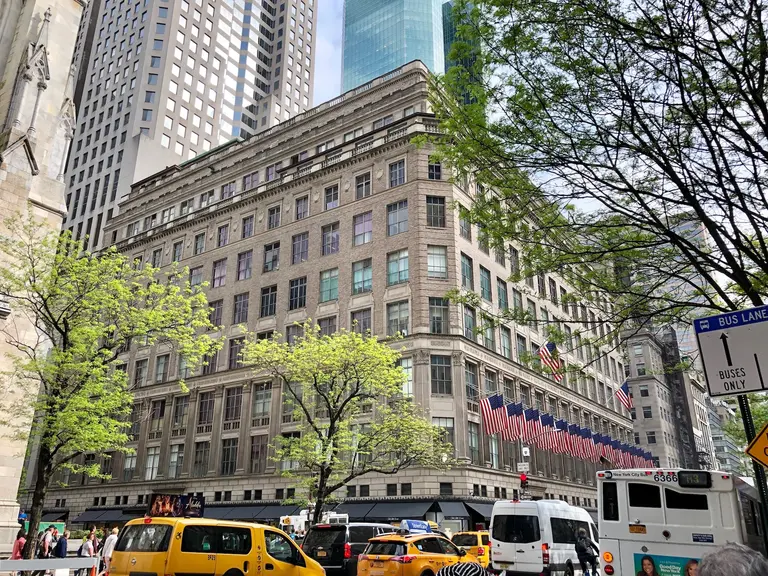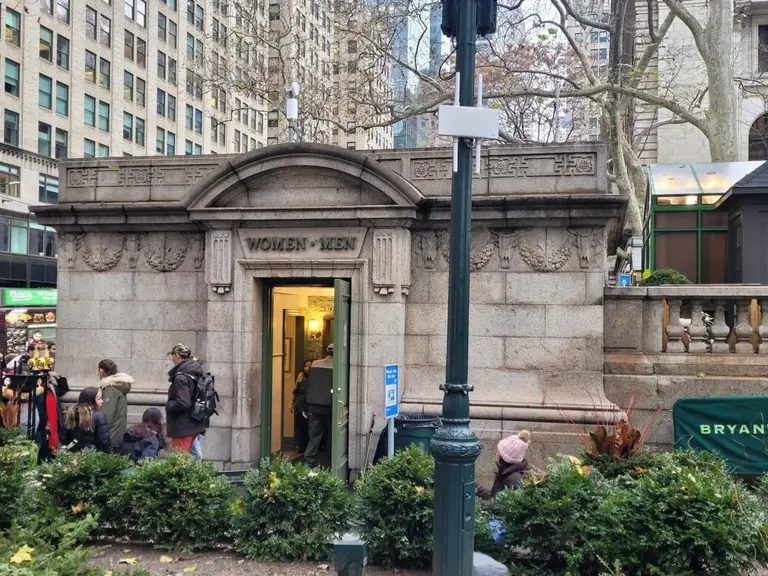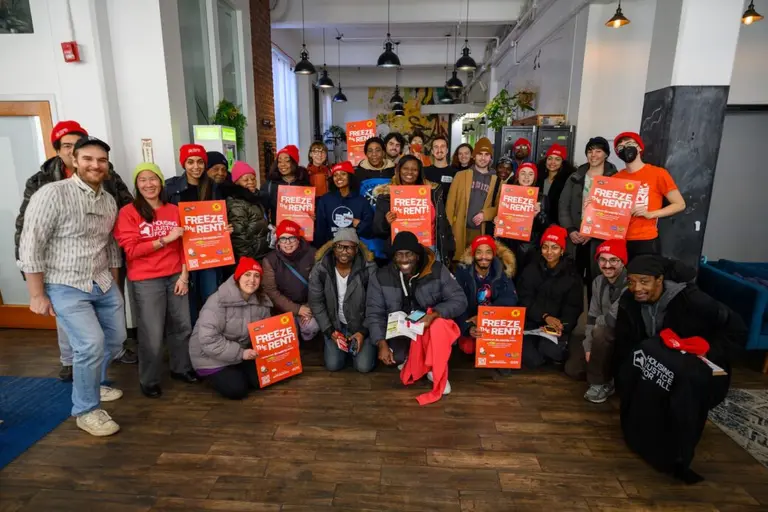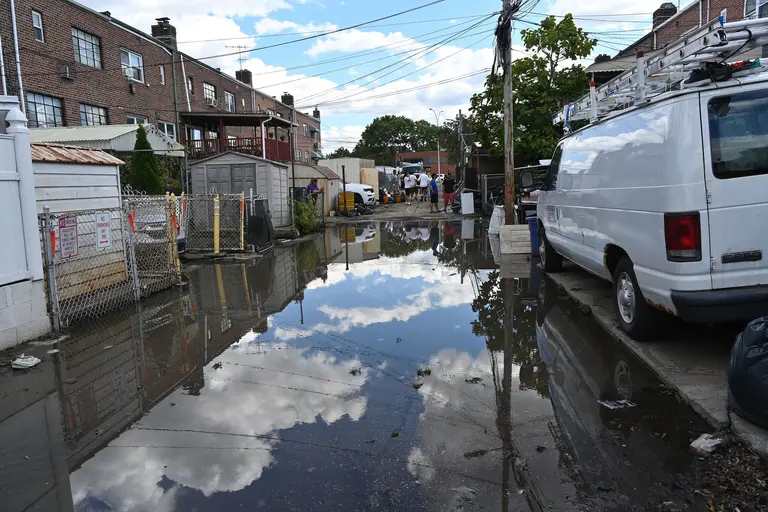MTA could need $100B+ to fund transit projects over next five years
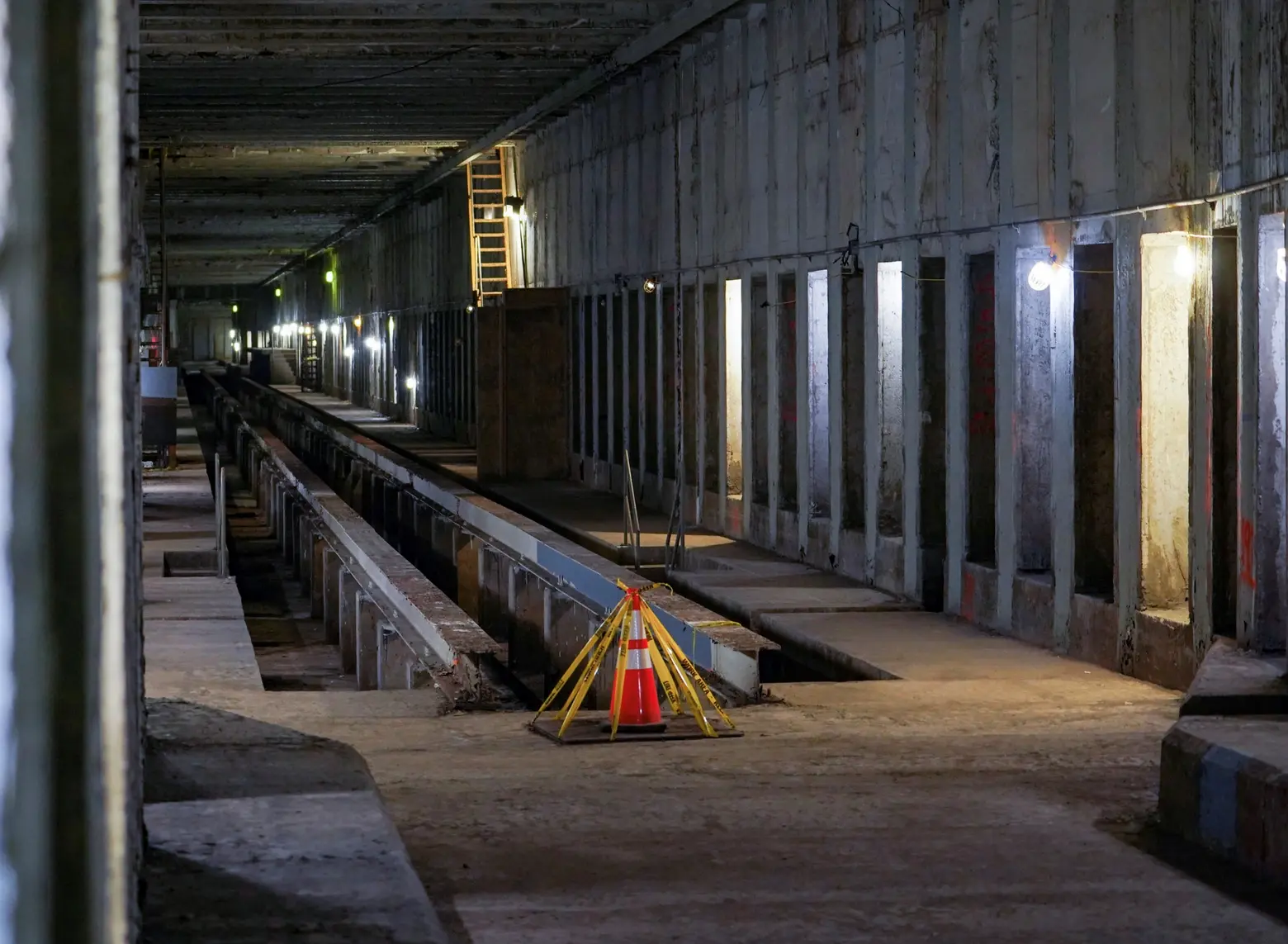
Credit: Marc A. Hermann / MTA on Flickr
The Metropolitan Transportation Authority (MTA) needs over $100 billion for transit projects and maintenance over the next five years, significantly more than the funds currently available, according to a new report. State Comptroller Thomas DiNapoli on Thursday released a report estimating the MTA’s 2025-2029 capital plan could cost up to $92.2 billion. This figure doesn’t account for the $15 billion gap in the current plan due to Gov. Kathy Hochul’s pause on congestion pricing, which would bring the total funds needed up to $107 billion.
Released every five years, the MTA’s capital plans detail the construction projects that must be completed to maintain transit infrastructure and expand service.
The next five-year capital plan, expected to be released later this month, might include funding for projects like the Interborough Express, numerous subway accessibility upgrades, and new fleets of modern subway cars and buses to replace older vehicles currently in use by the transit system.
DiNapoli’s report states that the 2025-2029 plan could cost as little as $57.8 billion, but only if the MTA saves money by prioritizing essential maintenance projects with an emphasis on keeping the transit system running instead of creating new lines like the Interborough Express.
“Work on system enhancements and expansion will have to be carefully selected to leverage external funding and boost ridership,” DiNapoli wrote.
The transit agency’s current five-year plan, running from 2020 to 2024, had an estimated price of $51.5 billion when it was first released in 2019. Now, the figure has increased to $54.8 billion.
Not only do state lawmakers need to create a plan to fill the hole in the current five-year plan left by the congestion pricing pause, they need to figure out how to fund the next one. So far, the governor has not offered a plan to fill in the $15 billion gap.
“The most critical aspect of state funding remains the $15 billion hole in the 2020-2024 capital program from the pause of congestion pricing, which must be addressed prior to answering funding questions in the 2025-2029 capital program,” DiNapoli wrote. “The governor has suggested that a replacement will be found, but the source and composition of the funds remain unidentified.”
In his report, DiNapoli suggested a series of tax increases to help the MTA meet its budget needs. These include increases to the state’s internet sales tax, payroll mobility tax, corporate franchise surcharge, petroleum business tax, and mansion tax. However, the state may need to come up with a new tax to fund the MTA’s project costs.
Additionally, these taxes could only be used to fund the next five-year plan, not to help fill the hole in the current plan due to the congestion pricing pause.
The consequences of a funding shortfall would be dire to the city’s transit system, and would have “compounding effects on the system’s state of good repair and services.”
“The choices made in the next capital plan will reverberate for New Yorkers in the region for years to come, impacting comfort, safety, reliability and frequency of the system.”
Work on numerous transit projects has already ground to a halt since Hochul delayed congestion pricing in June. The revenue from the tolling program was meant to fund MTA projects, including station accessibility upgrades, updating old signaling technology, and extending the Second Avenue Subway to East Harlem—projects that would improve the lives of millions of New Yorkers.
RELATED:


